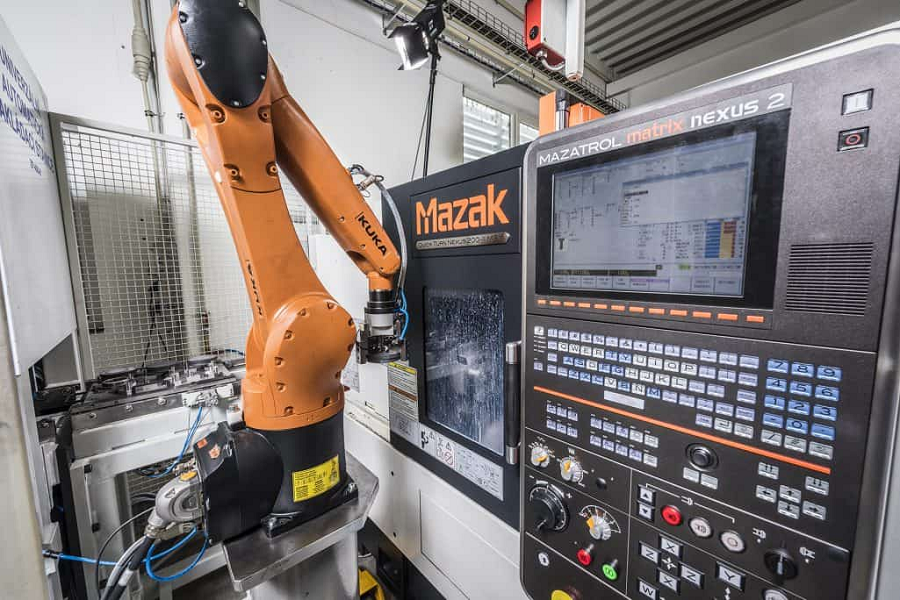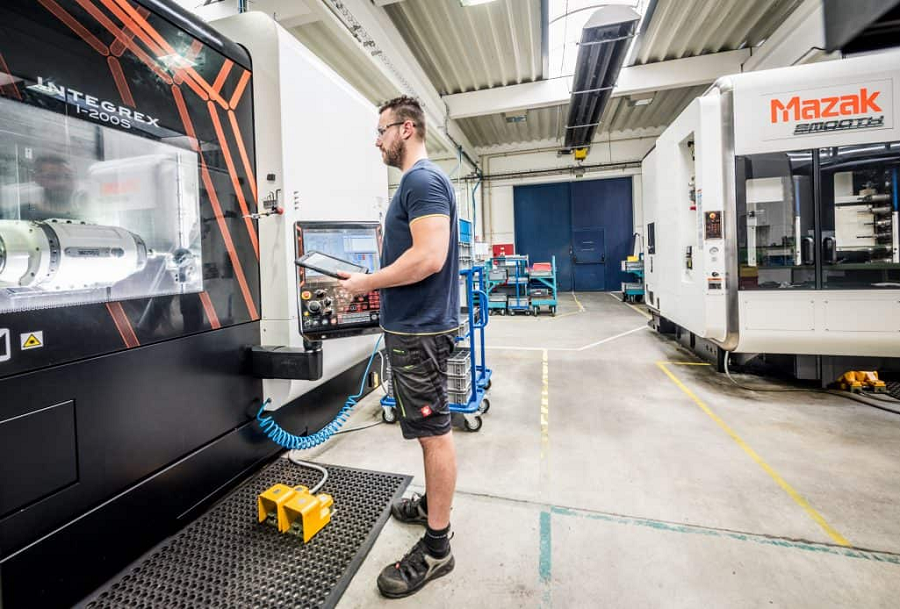Before we delve into the reasons for you to choose CNC machining, let’s have a look at what it actually is. CNC (Computer Numerical Control) machining was conceptualized by John Parsons and was first implemented for use in the Air Force. The industrial revolution had sparked a huge change in the factory world, with product demand higher than ever and machine operators being worked into the ground. When Parsons first came up with the idea of a more self-sufficient machine, the initial machines managed to punch holes in a card that corresponded to programmed coordinates.
Over time, the machines evolved into the CNC machines we see today, which work by inputting a design into CAD (Computer-Aided Design) software, which is then translated into a code which can be read by the machine, this is called G-code. The CNC machine reads the code and from this, it deciphers each movement, angle, depth, and coordinates to create the desired design from the material at hand.
So, what are the benefits of CNC machining over traditional machining? How did it make a difference if it’s carrying out the same jobs? Well, compared to conventional factory machines, CNC machines need minimal human input. Where traditional machines required continuous operation throughout the machining process, CNC machines only require human input at the programming phase of the project.
After this, the machine has its instructions on what to do and is able to carry this out with no interference. What this means, is that the factory owners need not fork out on hour upon hour of labor costs, since the human aspect has been significantly reduced. As well as a reduction in capital output, this also drastically minimizes the risk of human error – machines don’t get tired or distracted!
Another knock-on effect of minimizing human input is that since there is less room for human error, the projects can be carried out faster, as speed is no longer a hindrance to a projects’ integrity. Machines can work fast without making mistakes – this means a higher product turnout per hour, which of course increases profits. This creation of machines that can churn out highly detailed and accurate products in minimal time was revolutionary.

The use of CNC machines ranges from car manufacturing, aerospace to medicine and technology production. CNC machines come in a range of shapes and sizes with varying functions and specialties. Some are retrofitted, meaning that a traditional machine was evolved to work with CNC programming, whereas others were custom made. Here’s a list of some of the most commonly known CNC machines:
Custom Made
- CNC Routers
- 3D Printers
- Laser and Plasma Cutters
- Pick and Place Machines
Retrofitted
- Milling Machines
- Lathes
- Grinders
CNC companies continue to evolve and grow with the times, with technology such as alerts to your smartphones and simulation software. With high-tech developments around every corner, there’s no telling where CNC machining is headed next.

